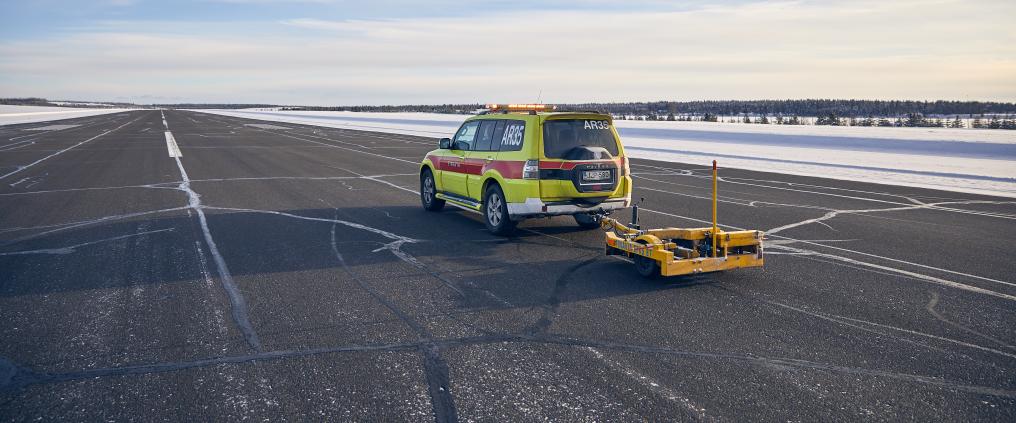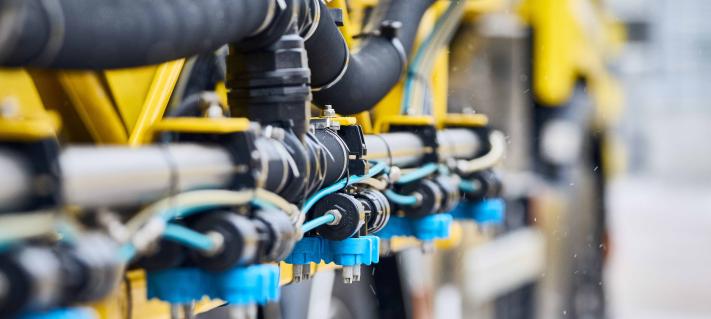“After the switch from friction-based reporting to deposit-based reporting, the runway surface condition may be reported poor rather than satisfactory in certain weather conditions. As a result, an airline may decide to fly to an alternative airport in poor conditions,” explains Finavia’s Technical Director Henri Hansson as he evaluates the impact of the new international regulation coming into force next November.
According to Hansson, the Nordic countries have a decades-long history of safe aviation despite snow and ice. Thanks to Finavia’s world-renowned ‘snowhow’, winter causes no problems for landings and take-offs and there are almost no runway closures in the winter. The new reporting format, which will become applicable in November, may change the situation.
“Naturally, we will do our best to adapt our winter operations to the new reporting format and minimise any disruptions to passenger traffic. We have been preparing for the change for two years, working together with airlines, authorities and air navigation. For example, we have together evaluated the potential effects of the new regulation on air traffic.”
People at Finavia have analysed tens of thousands of previous condition reports and proposed new innovative measures.
“For example, we are currently assessing whether it would be possible to use sand on the runway. Although sand has not been used on runways for decades, it is now emerging as an option. Sand could be made to freeze on the surface of the runway to create a sandpaper effect in conditions where anti-skid agents can no longer be used. With frozen sand, we could improve the runway condition status,” Hansson says.
However, sand can only be used at certain northern airports and its use is dependent on the weather conditions. The use of sand is not a solution at all airports. However, Finavia has already invested in equipment and is in the process of practising the use of the equipment. Once the method is further developed and certified, it can be applied on the runway.
Runway inspectors will continue to observe deposit types both visually and through appropriate measurements. While, within the EU, it will no longer be allowed to pass on information on measured friction to pilots, friction will continue to be measured and used in the final assessment of runway surface conditions.
What’s this all about?
This is about the International Civil Aviation Organisation’s (ICAO) decision to change the Global Reporting Format (GRF) for assessing runway surface conditions, starting from November 2020. This will introduce changes in Finavia’s winter maintenance procedures and, in particular, in the way that the runway condition information is reported to the pilot during the winter.
ICAO’s new reporting format is aimed at improving safety on a global level.
“The regulation harmonises the runway surface condition information received by airplane crews throughout the world. This is of course a good thing,” Hansson says.
The Nordic aviation industry will meet to discuss the new ICAO regulation in Helsinki on 28–29 January 2020. The theme of the workshop is to discuss how winter conditions will be reported in the future and what impact this new reporting format will have on air traffic in terms of flight punctuality and reliability.
Read more about the current runway maintenance.



